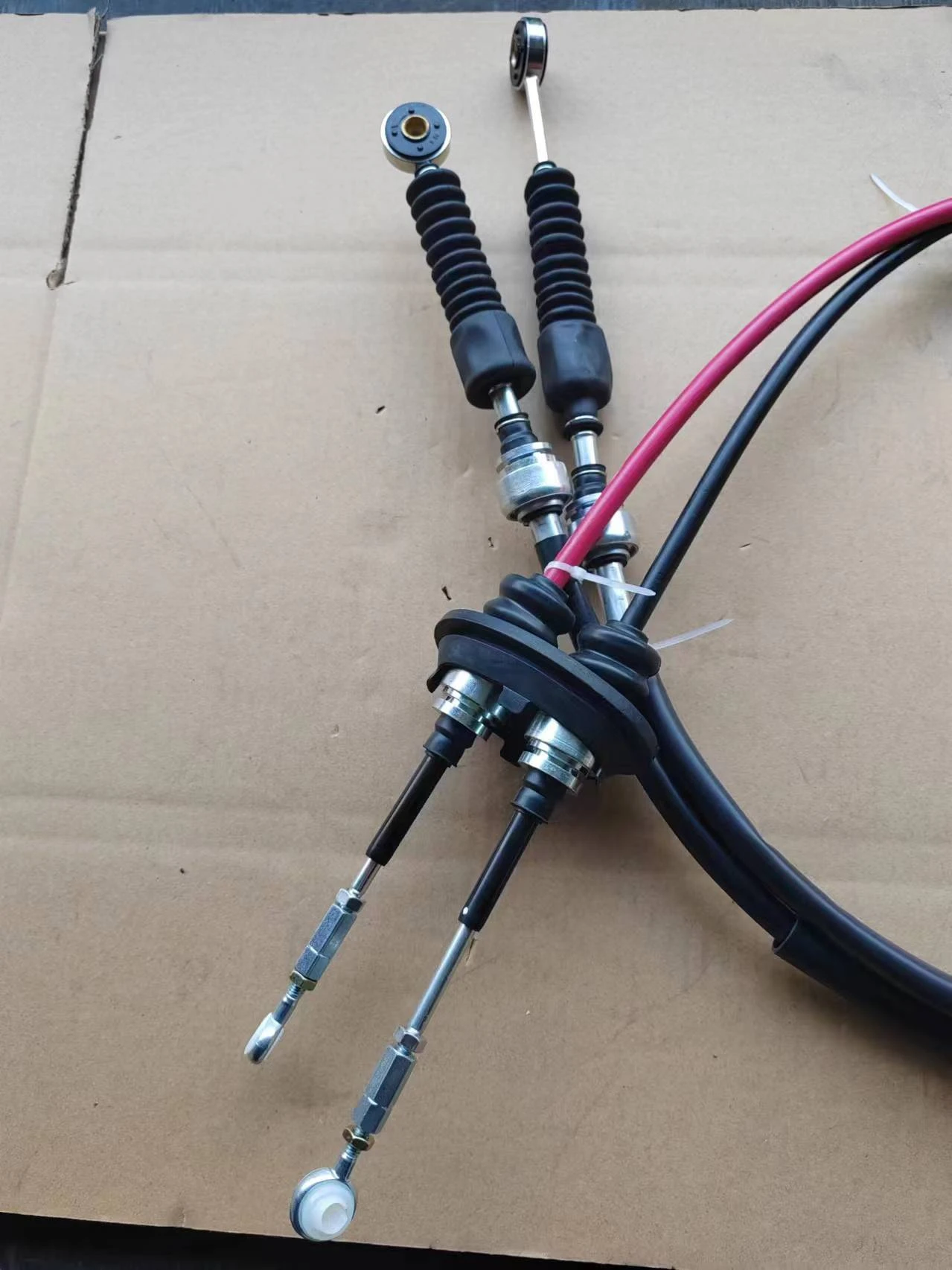Adjusting Gear Cable for Optimal Performance in Your Bicycle Maintenance Tasks
Changing Gear Cable A Comprehensive Guide for Cyclists
As a cyclist, maintaining your bike in optimal condition is essential for a smooth and enjoyable riding experience. Among the various components that require regular attention, the gear cable is one that can greatly impact your bike’s performance. If you're experiencing shifting issues or your gears aren't responding as they should, it may be time to change your gear cable. This article will guide you through the process step-by-step, ensuring you can handle it with confidence.
Understanding the Gear Cable
The gear cable is a crucial component in a bike's shifting system. It connects the shifters—located on the handlebars—to the derailleurs responsible for moving the chain between gears. Over time, due to wear and tear, exposure to elements, or physical damage, the cable can fray or stretch, leading to subpar shifting performance. Recognizing when to replace your gear cable can save you from costly repairs and enhance your cycling experience.
When to Replace Your Gear Cable
There are a few indicators that suggest it’s time to replace your gear cable
1. Sluggish Shifting If shifting feels sluggish or unresponsive, this can indicate that the cable is damaged. 2. Frayed Cable Inspect the cable for fraying or rust. Any visible damage is a clear sign that replacement is necessary. 3. Inconsistent Gear Shifting If your gears jump or struggle to shift correctly, the cable may have stretched and lost tension. 4. Age of the Cable If it's been over a year since the last replacement, it’s wise to inspect and possibly change it, especially if you ride frequently.
What You’ll Need
Before you start the process of changing your gear cable, ensure you have the following tools and supplies
- New gear cable (make sure it’s the correct type for your bike) - Cable cutters - Allen wrenches - Screwdrivers (Phillips and flat-head) - A bike stand (optional but helpful) - Lubricant (for the new cable) - Rags for cleaning
changing gear cable

Step-by-Step Process
Follow these steps to change your gear cable
1. Remove the Old Cable - Shift your bike to the smallest chainring and the smallest rear cog. This will relieve tension on the cable. - Locate the cable anchor bolt at the derailleur and use an Allen wrench to loosen and remove it. Be cautious, as the cable may still be under some tension. - Carefully feed the cable out of the housing. Take note of how it is threaded through the shifter and derailleur for reference when installing the new cable.
2. Prepare the New Cable - Take your new gear cable and slide it through the cable housing, ensuring it reaches the shifter and derailleur smoothly. - Before cutting, make sure to leave some extra length for adjustments. It's better to have too much cable than too little.
3. Attach the New Cable - Insert the new cable into the shifter and route it through the derailleur, mimicking the path of the old cable. - Once everything is in place, pull the cable taut and secure it by tightening the cable anchor bolt on the derailleur. Make sure it’s snug but avoid over-tightening.
4. Adjust the Gear Indexing - Shift through all the gears to check if the shifting feels smooth. If not, you may need to adjust the tension on the cable using the barrel adjuster located on the shifter or derailleur. - Fine-tune the derailleur limit screws if required, ensuring that the chain does not overshift off the cassette.
5. Final Inspection - Once everything is adjusted, give the bike a visual inspection. Check for any kinks in the cable, pinch points, or misalignments that could affect performance. - Lubricate the cable housing lightly, if necessary, to aid smoother operations.
Conclusion
Changing your gear cable may seem daunting at first, but with the right tools and steps, it’s a manageable task for any cyclist. Regular maintenance, including cable replacement, ensures your bike performs at its best and keeps your rides enjoyable. By handling this simple repair, you’ll gain a deeper appreciation for your bike and enhance your cycling experience. So gear up, grab your tools, and take charge of your bike maintenance—your future rides will thank you!
-
Workings of Clutch Pipe and Hose SystemsNewsJun.04,2025
-
The Inner Workings of Hand Brake Cable SystemsNewsJun.04,2025
-
The Secrets of Throttle and Accelerator CablesNewsJun.04,2025
-
The Hidden Lifeline of Your Transmission Gear Shift CablesNewsJun.04,2025
-
Demystifying Gear Cables and Shift LinkagesNewsJun.04,2025
-
Decoding Clutch Line Systems A Comprehensive GuideNewsJun.04,2025
